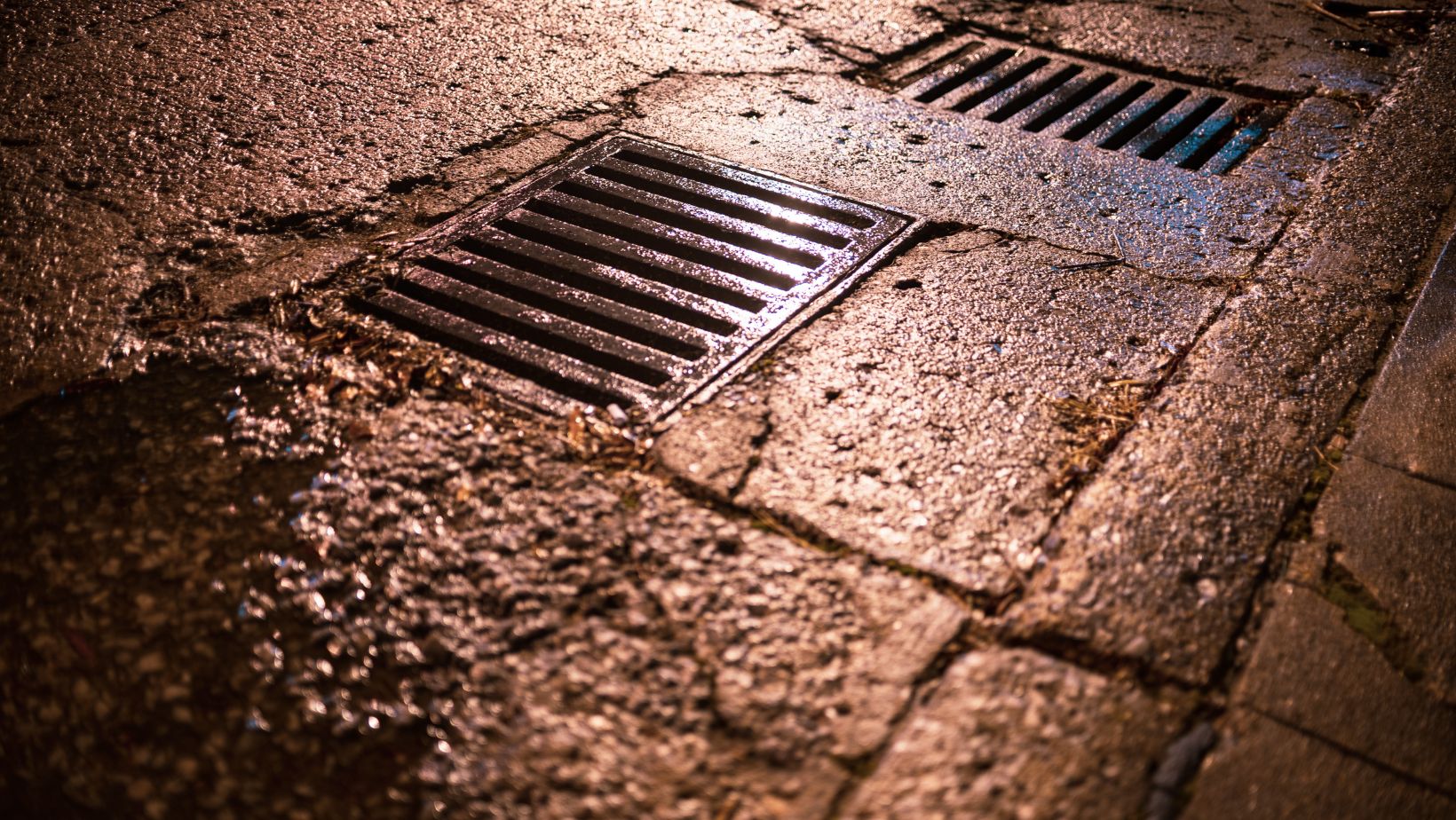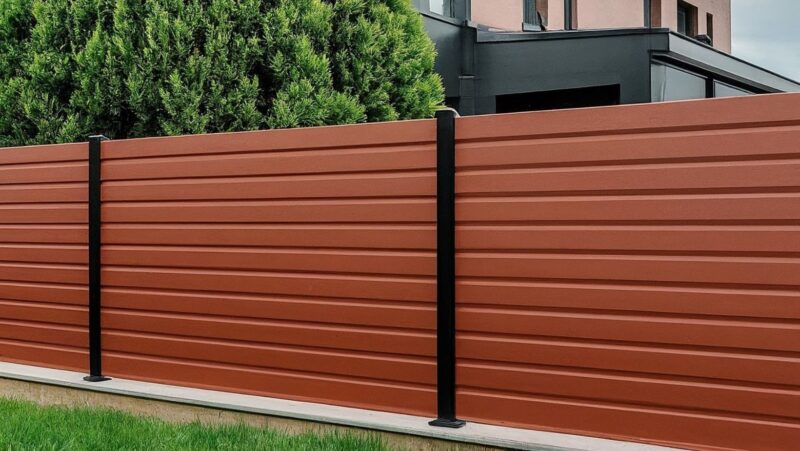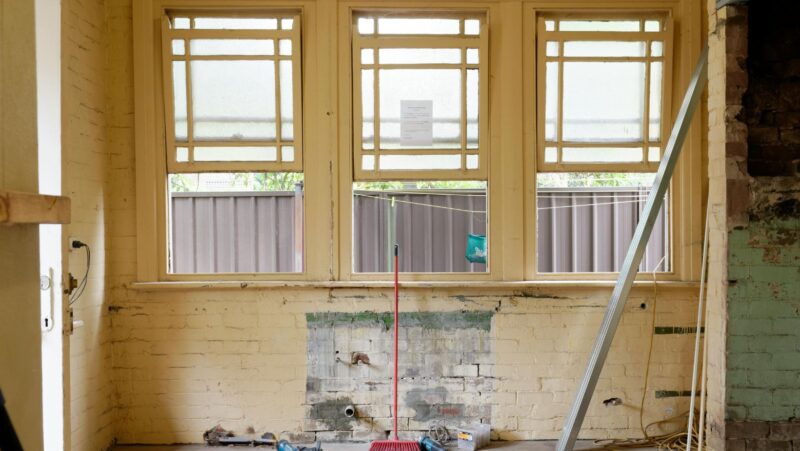In the construction and infrastructure development world, drainage design often takes a backseat to other, more visible aspects of a project. However, the importance of a well-designed drainage system cannot be overstated. Effective drainage is critical for preventing flooding, erosion, and other water-related damage and for ensuring the long-term sustainability and safety of a development.
Table of Contents
ToggleUnderstanding the Basics of Drainage Design
At its core, drainage design is all about managing water flow through a site. This involves identifying water sources, such as rainfall, groundwater, and surface runoff, and designing a system to safely and efficiently convey that water away from buildings, roads, and other infrastructure.
There are two main types of drainage systems:
- Surface drainage involves using channels, ditches, and other surface features to direct water away from a site.
- Subsurface drainage involves using pipes, culverts, and other underground structures to collect and convey water beneath the surface.
The choice between surface and subsurface drainage will depend on various factors, including the site’s topography, soil type, and intended use.
Critical Considerations in Drainage Design
When designing a drainage system, there are several key factors to consider:
- Rainfall intensity and frequency: The system must be designed to handle the area’s expected volume and rate of rainfall.
- Site topography: The natural slope and contours of the site will influence the direction and velocity of water flow.
- Soil type and permeability: Different soils have different capacities for absorbing and conveying water, which must be considered in the design process.
- Land use and development: The site’s intended use and any planned future development will impact the drainage requirements.
- Environmental factors: The drainage system must be designed to minimise its impact on the surrounding environment, including water quality and habitat.
By carefully considering these factors, drainage design consultants can create a system that effectively manages water flow while minimizing the risk of flooding, erosion, and other damage.
The Importance of Sustainable Drainage Systems (SuDS)
In recent years, there has been a growing emphasis on using sustainable drainage systems (SuDS) in drainage design. SuDS are designed to mimic natural drainage processes, using a combination of infiltration, storage, and conveyance techniques to manage water flow and quality.
Some standard SuDS components include:
- Permeable paving: Water filters through the surface and into the underlying soil, reducing runoff and promoting infiltration.
- Green roofs: These use vegetation and growing media to absorb and store rainfall, reducing the volume and rate of runoff.
- Bioretention systems use planted areas to filter and treat stormwater runoff before releasing it into the drainage system.
- Wetlands and ponds: These provide excess water storage capacity while offering habitat and amenity value.
The benefits of SuDS are numerous. By reducing the volume and rate of runoff, they can help prevent flooding and erosion while improving water quality by filtering out pollutants. They can also provide valuable habitat for wildlife and create attractive green spaces within urban areas.
Designing SuDS for Your Project
Incorporating SuDS into your drainage design requires careful planning and expertise. Drainage design consultants with experience in SuDS can help you identify the most appropriate components for your site based on factors such as soil type, topography, and land use.
They can also assist with the design and specification of SuDS components, ensuring that they are properly sized and configured to meet your site’s drainage needs. This may involve using specialized software and modeling tools to simulate the system’s performance under different rainfall scenarios.
Working with experienced SuDS consultants can help you maximize the benefits of sustainable drainage while minimizing the costs and complexities of implementation. They can also provide guidance on regulatory compliance and help you navigate the planning and approval process.
Flood Protection and Drainage Design
One of the most critical functions of drainage design is to protect against flooding. Flooding can cause significant damage to buildings, infrastructure, and the environment and pose a serious risk to human health and safety.
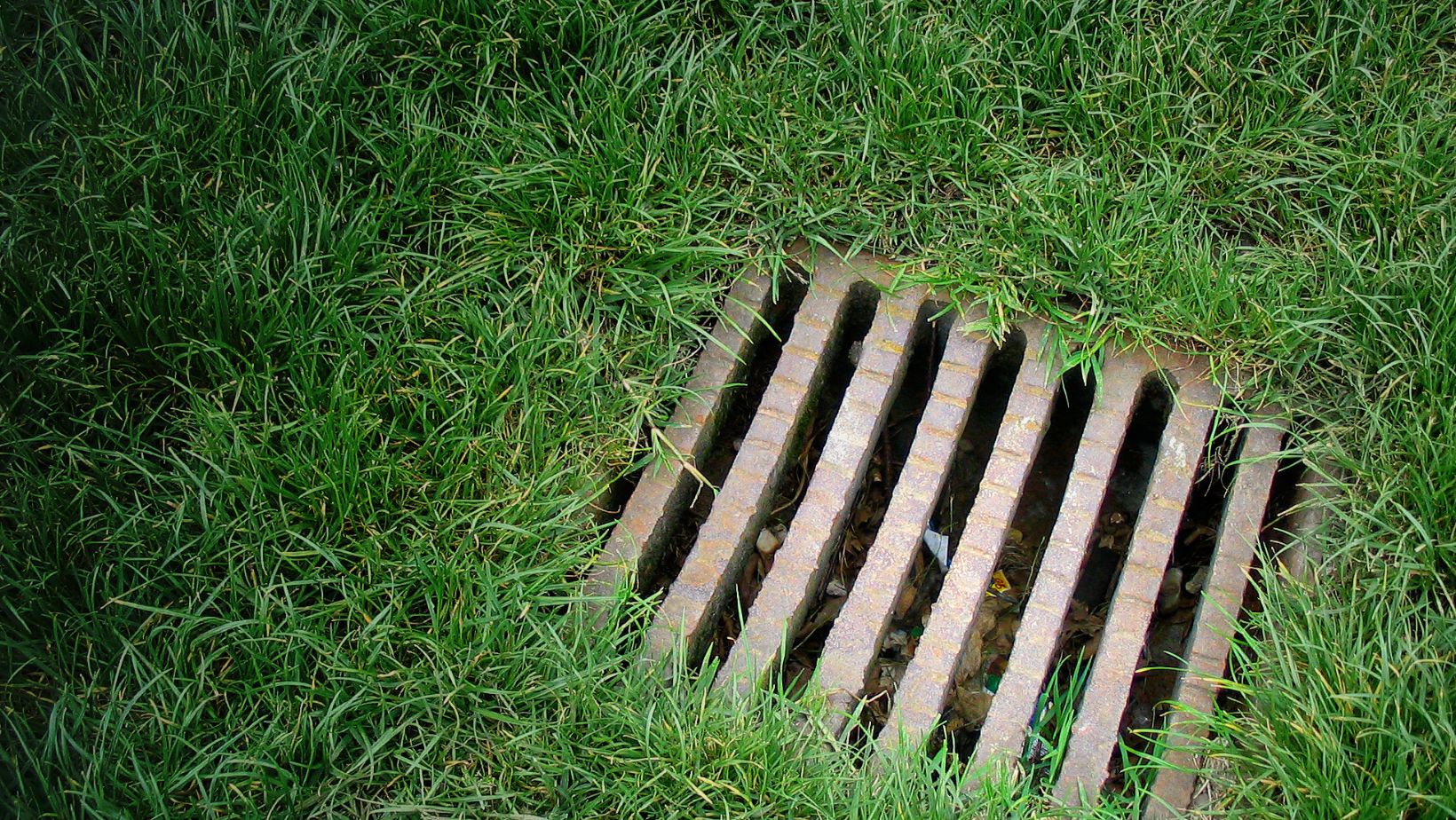
Effective flood protection requires a comprehensive drainage strategy that considers a site’s specific risks and vulnerabilities. This may involve a combination of structural measures, such as flood walls and barriers, and non-structural measures, such as land use planning and emergency response planning.
Assessing Flood Risk
The first step in developing a flood protection strategy is to assess the site’s flood risk. This involves identifying potential sources of flooding, such as rivers, coastal waters, and surface water runoff, and evaluating the likelihood and potential impact of a flood event.
Flood risk assessment typically uses hydraulic modeling software to simulate water flow through a site under different rainfall scenarios. This allows drainage design consultants to identify areas of high risk and develop strategies to mitigate that risk.
Designing for Flood Resilience
Once the flood risk has been assessed, the next step is to design a drainage system that is resilient to flooding. This may involve using flood-resistant materials and construction techniques, as well as incorporating redundancy and failsafe measures to ensure that the system can continue to function even in the event of a flood.
Some standard flood resilience measures include:
- Raised floor levels: Elevating buildings and infrastructure above the expected flood level can help to prevent damage and minimize disruption.
- Floodable spaces: Designing certain areas, such as car parks and public spaces, to accommodate floodwater can help reduce the overall impact of a flood event.
- Sustainable drainage systems: As discussed earlier, SuDS can play a key role in managing surface water runoff and reducing the risk of flooding.
Drainage design consultants can help protect communities and infrastructure from the devastating impacts of flooding by designing for flood resilience.
The Role of Drainage Design Consultants
Given drainage design’s complexity and critical importance, many developers and construction professionals choose to work with specialized drainage design consultants. These experts bring a wealth of knowledge and experience to the table, helping to ensure that drainage systems are designed and implemented effectively and efficiently.
Expertise and Experience
Drainage design consultants have a deep understanding of the principles and practices of drainage engineering, as well as the latest tools and technologies used in the field. They are familiar with the relevant regulations and standards and can provide guidance on compliance and best practices.
In addition to their technical expertise, drainage design consultants have practical experience working on various projects, from small residential developments to large-scale infrastructure projects. This allows them to provide tailored advice and solutions specific to each project’s unique needs and challenges.
Collaboration and Communication
Effective drainage design requires close collaboration and communication between all stakeholders, including architects, engineers, contractors, and local authorities. Drainage design consultants can play a key role in facilitating this collaboration, bridging different disciplines and ensuring that everyone is working towards a common goal.
They can also help communicate drainage design’s importance to non-technical stakeholders, such as clients and the public, and build support for sustainable and resilient drainage solutions.
Innovation and Sustainability
As the world faces increasing challenges from climate change and urbanization, there is a growing need for innovative and sustainable approaches to drainage design. Drainage design consultants are at the forefront of this innovation, constantly seeking new ways to manage water more effectively and efficiently.
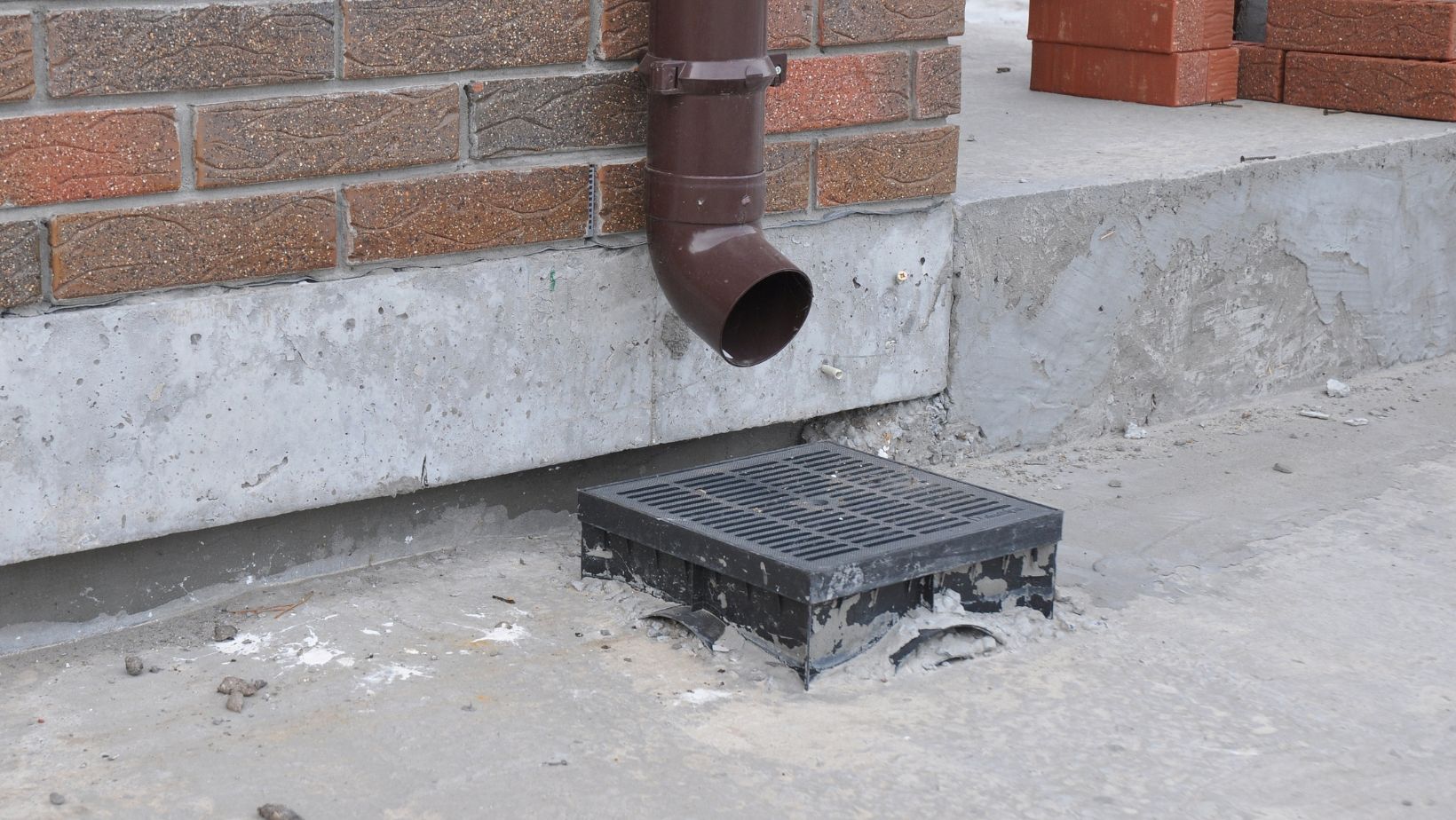
Whether through cutting-edge technology, such as real-time monitoring and control systems, or the incorporation of nature-based solutions, such as green infrastructure and ecosystem services, drainage design consultants are helping to drive the industry towards a more sustainable and resilient future.
Conclusion
In conclusion, drainage design is critical to any construction or infrastructure project. Effective drainage is essential for preventing flooding, erosion, and other water-related damage and for ensuring the long-term sustainability and safety of a development.
By understanding the key principles of drainage design, such as rainfall intensity, site topography, and soil type, and by incorporating sustainable drainage systems (SuDS) and flood protection measures, designers can create drainage solutions that are both effective and environmentally responsible.
Working with experienced drainage design consultants can help ensure that drainage systems are designed and implemented to the highest standards. They can also provide valuable expertise and guidance throughout the project lifecycle.

